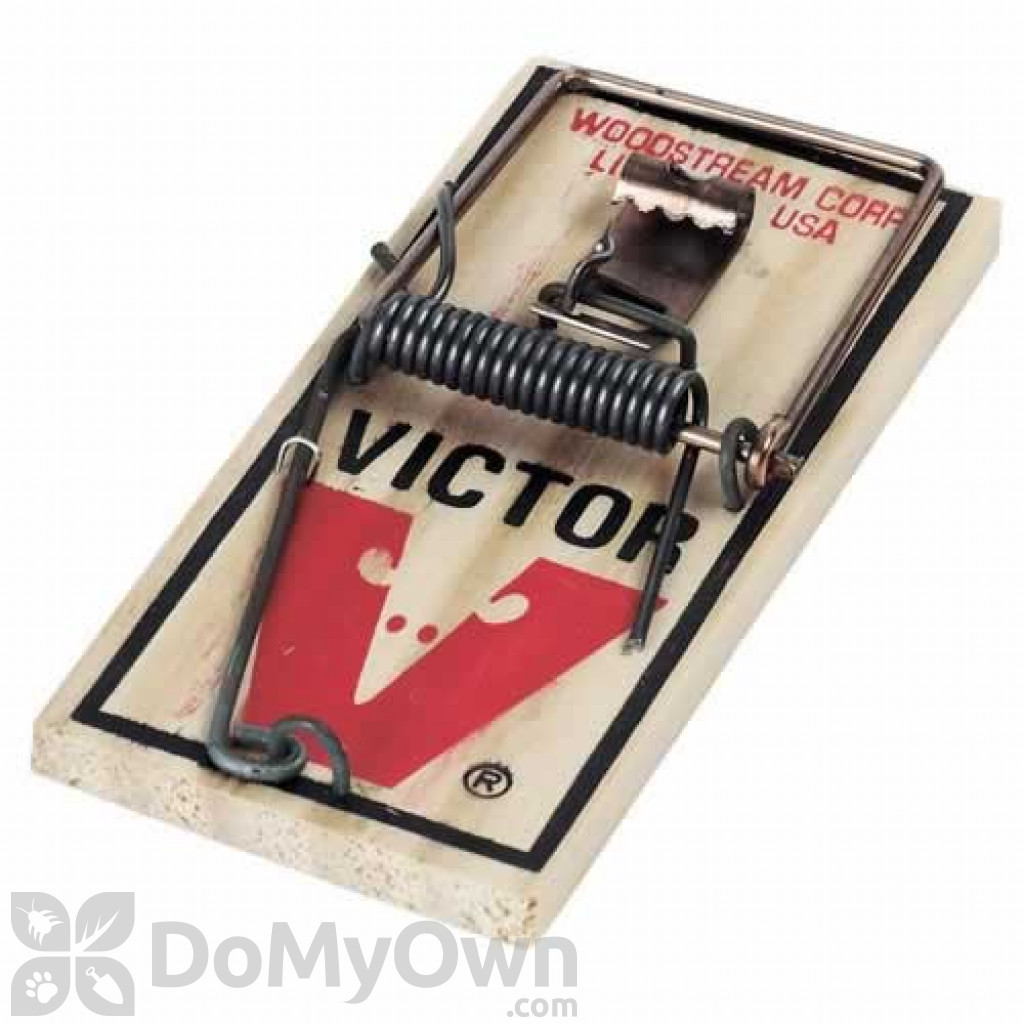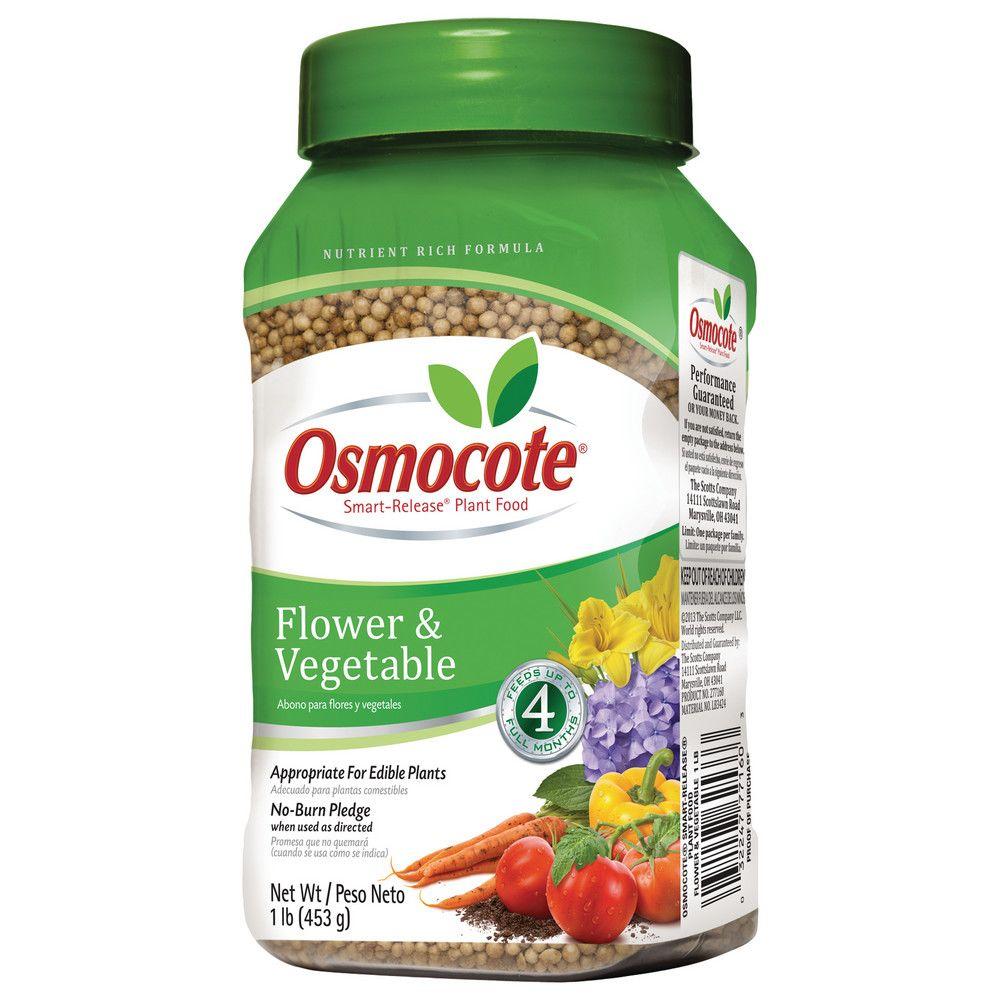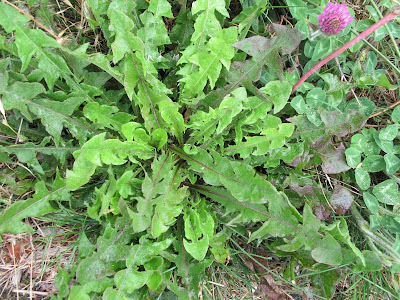Gardening is one of the most rewarding hobbies you can do, with long-lasting positive effects on yourself, your community, and the environment. Gardening also brings you a lot closer to the creatures you're
sharing your garden with! Many gardeners build their gardens
around what wildlife they want to attract.
At times, the animals that visit your garden may be pests that eat your seedlings, chew up / damage your starts, or even just walk all over your garden, leaving their hoofprints as a calling card. There are rabbits, voles, deer, and more. However, we also have beneficial mammals that make our garden home. Did you know we have a weasel that lives in our garden? It is a carnivore that eats many pests, such as voles. Keep an eye out for it, it is lightning fast. For this reason, we do not allow rodent traps of any kind.


Our garden is an organic one. We do not use synthetic pesticides or fertilizers.
These synthetic fertilizers and pesticides are not permitted.
These products are not permitted:
These products are not permitted:
Here is a shortlist of approved pesticides: Safer insecticidal soap, neem oil, and Sluggo. You may use products labeled with OMRI, which are designed for organic gardening. Remember, even natural pesticides may harm beneficial insects so read the label carefully. Email us anytime with questions or help with pest ID.












